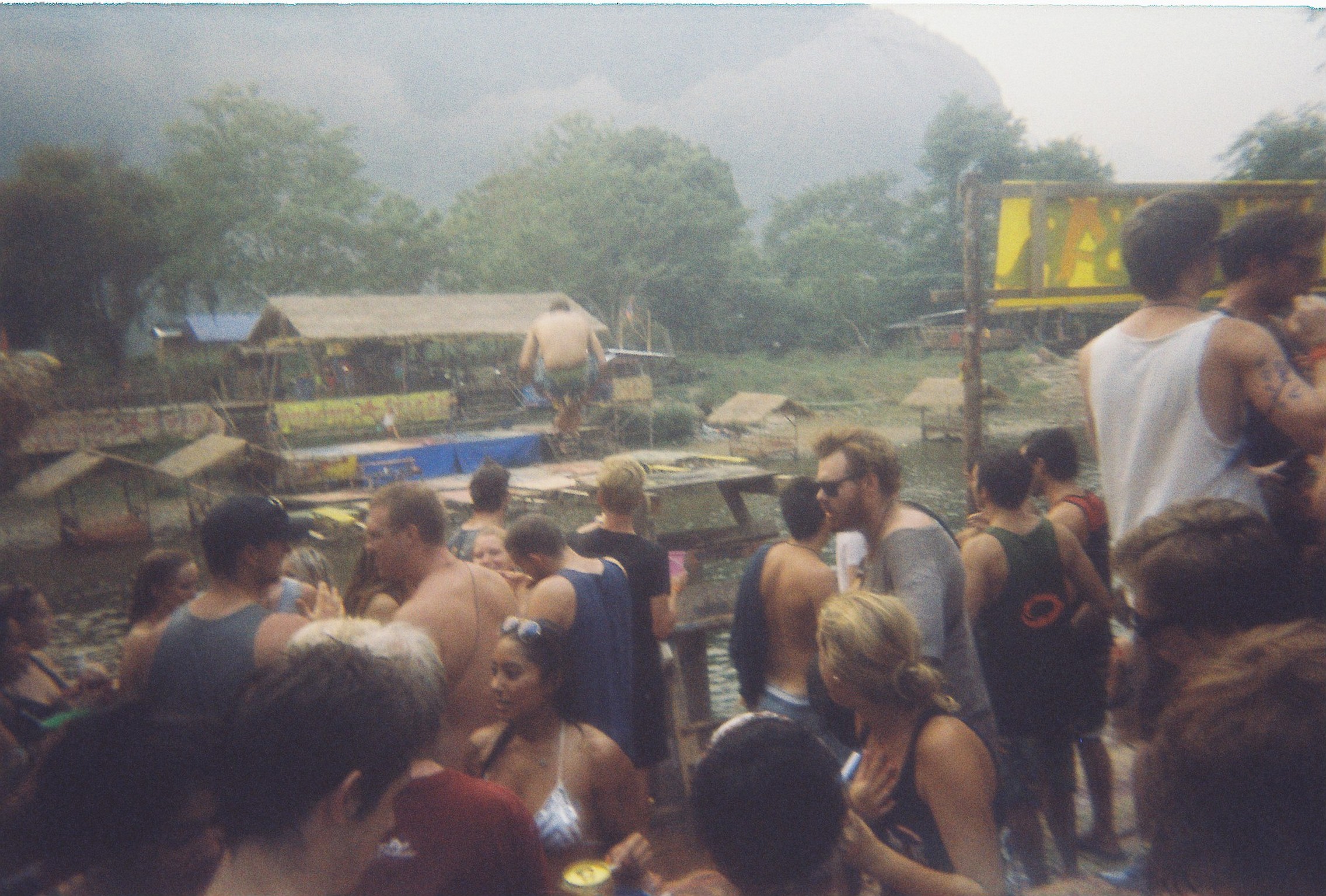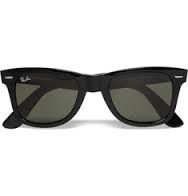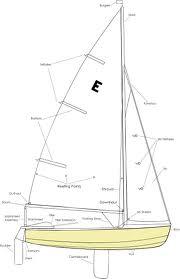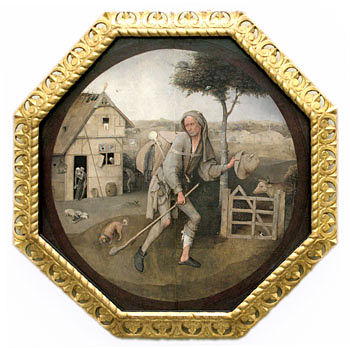For those unfamiliar with Vang Vieng, below is a portion of a letter I wrote to a friend a few years ago, shortly after I left Laos. Every once in a while, for a change of pace, I like to write letters in the more formal “old” style. Letter writing is dying, we all know that, and I pity the future historians who will have to sort through all the “LOL”s and thoughtless text messages.
Since this letter was sent, Vang Vieng has undergone a series of government-mandated changes. This was both badly needed and inevitable. It is apparently a much safer place for backpackers now, but tourism numbers have plummeted.
The final wounding danger on this weary backpacker road is nestled among the great green hills of central Laos – the village of Vang Vieng. It is popular, legendary even, among the traveler crowd, with good reason. As a breed, backpackers love to spread any word of an infamous locale. Vang Vieng is certainly no exception – indeed, everyone who visits tell it’s tale and I myself heard whispers of the place as far away as Rwanda. Like breaking news or exciting gossip, the teller relishes meeting the uniformed. “You haven’t heard?” they say in a voice not normally used, “Insanity. Go and see for yourself.” And go I did.
You know me friend. You know I like a drink at a party. You know I’ll take a bit of risk, a bit of rush, over measured safety. I have my limits, like any man, but you know it is not normally in my nature to be the first to measure the potential risk of any situation and say “Enough.” There are wilder men, to be sure – some of them are friends of ours. But I suppose what I mean is that I do not think I would be described as overly cautious or prude. They said Vang Vieng was a party, and that was all I needed to hear.
Madness. Utter madness. Fourteen bars dot a once-clean river snaking its way through central Laos. The backpackers swarm like bees to honey. It began with a unique hook – the idea that you can tube down the river and be pulled into the stilted bars by locals throwing ropes – but that original idea, for the most part, has been drowned in a bucket of cheap whiskey. Only a few people tube these days, I never even considered it. Instead you walk (the brave swim) from bar to bar in a huge, thrill-seeking, mass of drunks in bathing suits. Upon arrival to each bar you’re given a cloth bracelet, which you collect, and a shot of whiskey. The true devotees have bracelets up to their elbows. While at these open air riverside establishments you chug buckets of cheap liquor mixed with soda, you play the drinking games we grew up mastering, you dance and laugh and scream into the sunset. There are constant promotions and give-away’s: the pretty girl or the determined alcoholic can easily get drunk for free.
What separates this Laotian drinking marathon from the norm, what elevates (or denigrates) its status into the truly, dangerously insane, are the rope swings and slides so easily accessible from most of the bars. They are perched high on rickety stilts and there is often no staff overseeing their use. Rocks in the river, the wooden bars themselves, tubing backpackers, and all other manner of dangerous obstacles are easily within swinging and jumping distance. Let go of a rope too late, plummet at an awkward angle, hit an unforeseen rock, and you will be injured, or killed, in a place virtually without medical assistance. If you can believe it, two backpackers die a month or possibly even more (those transported to hospitals in other towns do not count against this statistic). It’s transformed into an almost macabre experience, the laughing every once in a while being interrupted by a collective gasp from the crowd as a rope-swinger narrowly avoids crashing into a swimmer. Inane conversation is interrupted by whispers of “that’s where the two Australians died last month….” To add to the twisted duality of the scene, tours of adults – mostly Asian - now come down the river in their own boats, curiously taking pictures of it all, as if we are the “Crazy Partying Kids” exhibit in a demented zoo.
Do not worry friend, my companions and I made it through this gauntlet of insanity safe and sound. No death occurred in the five days I was there, though there were certainly a variety of injuries. I admit that it is easy to get caught up in the reckless fun of Vang Vieng, the danger seems unreal and distant. It is only after, when you think back, that you realize what the true risk of the entire thing. I cannot see it all lasting much longer. Mark my words: soon enough, the son or daughter of a Westerner of sufficient influence will be one of the unlucky victims of the river. Serious inquiries will be made and, though some of the locals will fight to protect this source of revenue, significant changes will be made.





